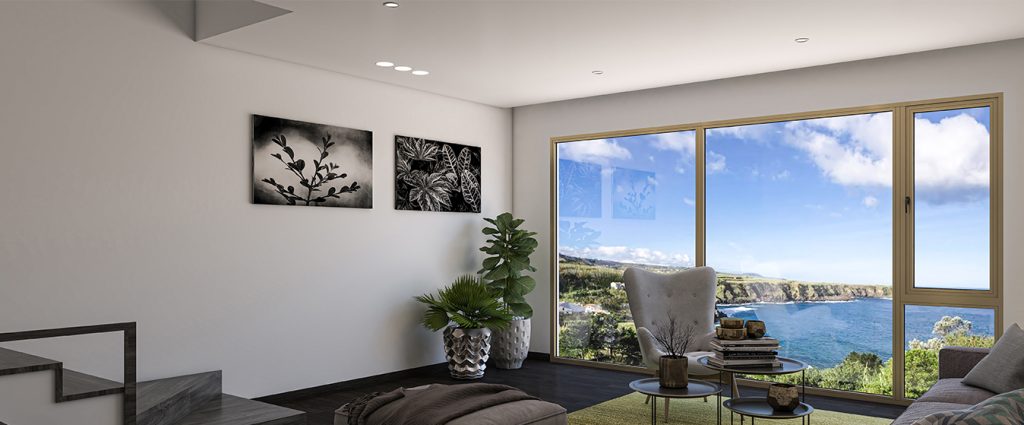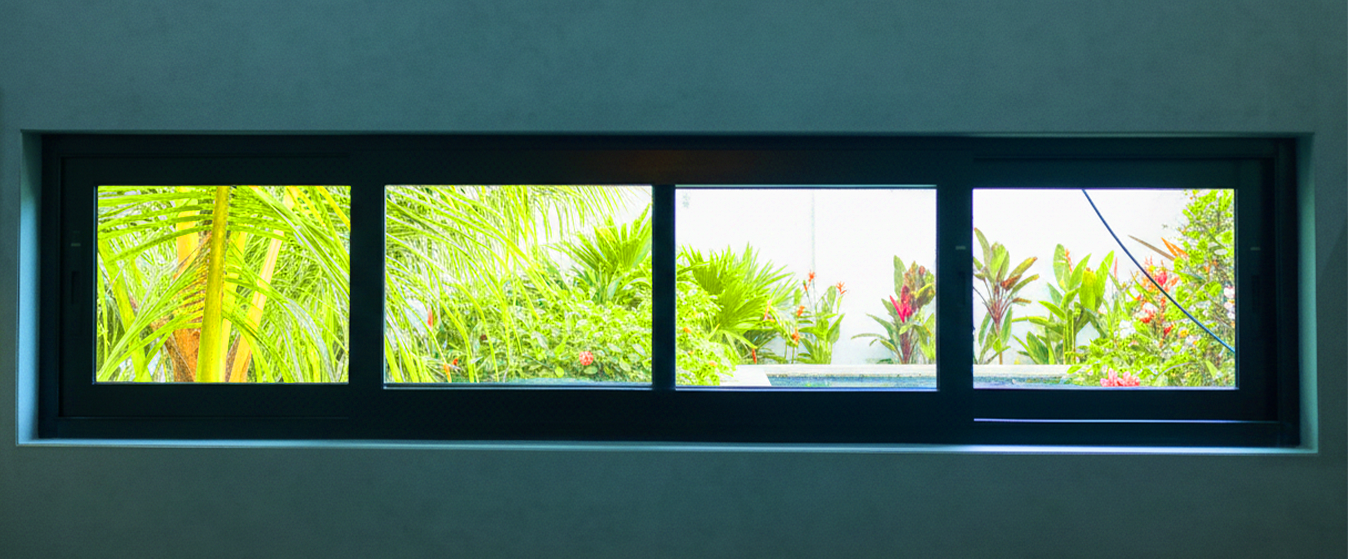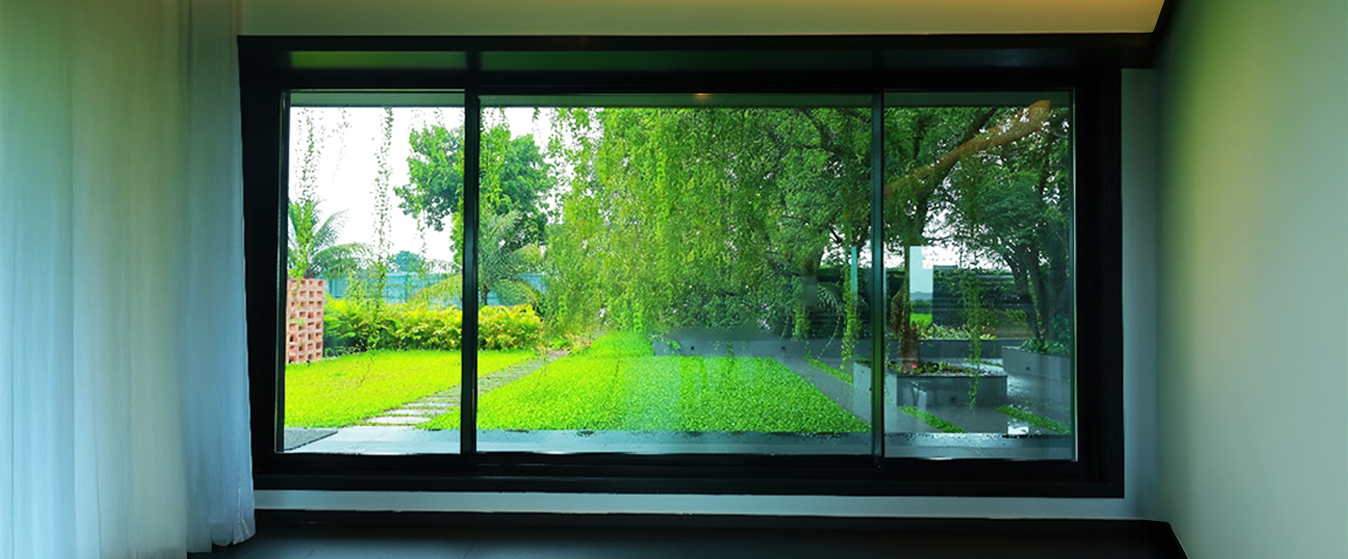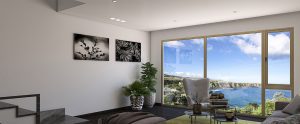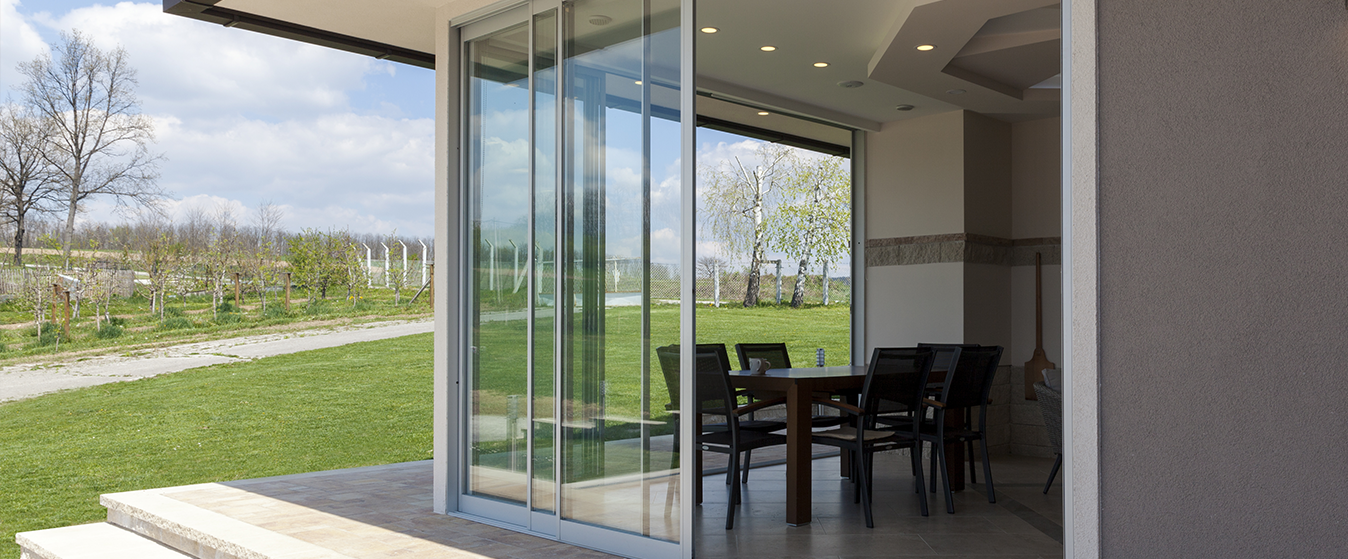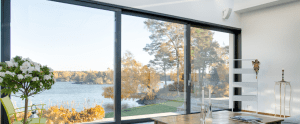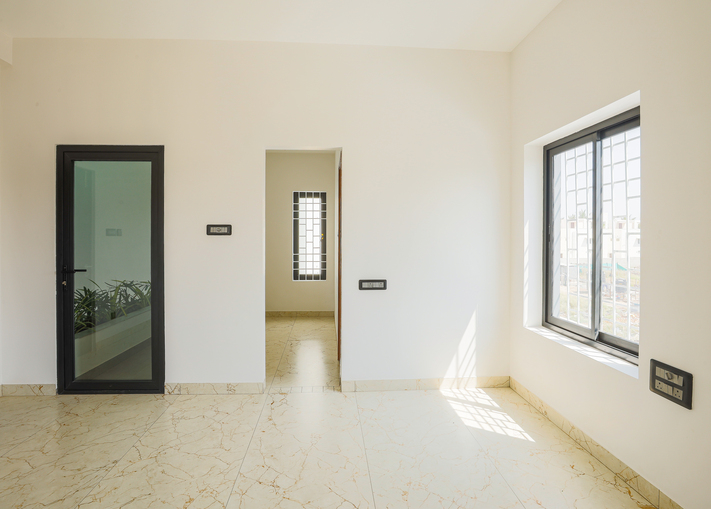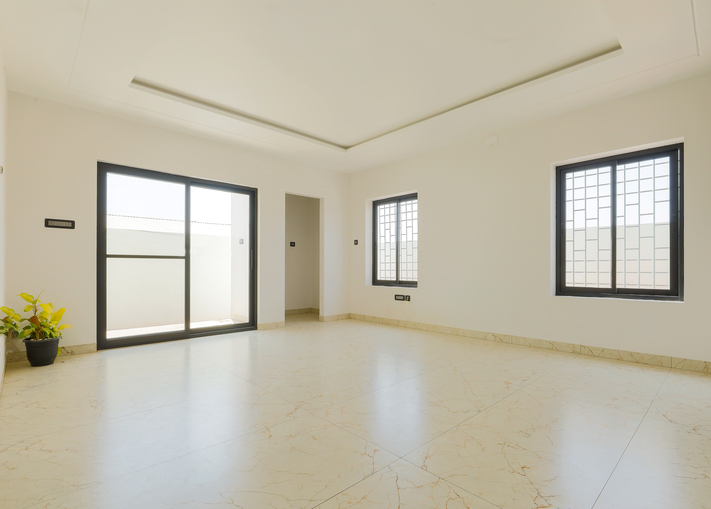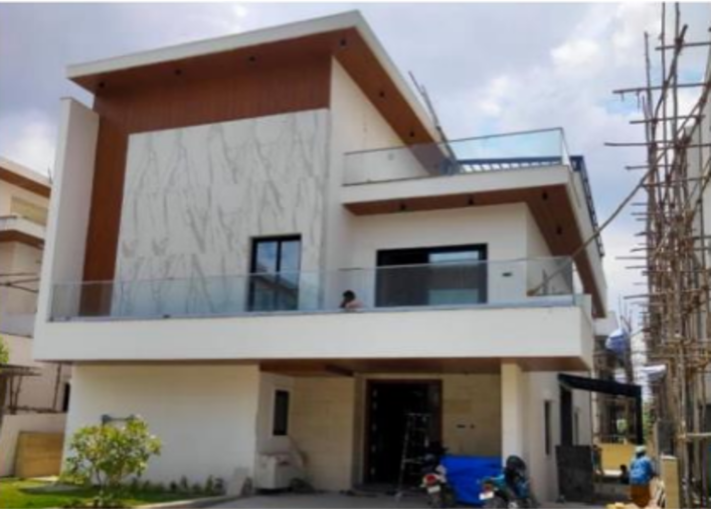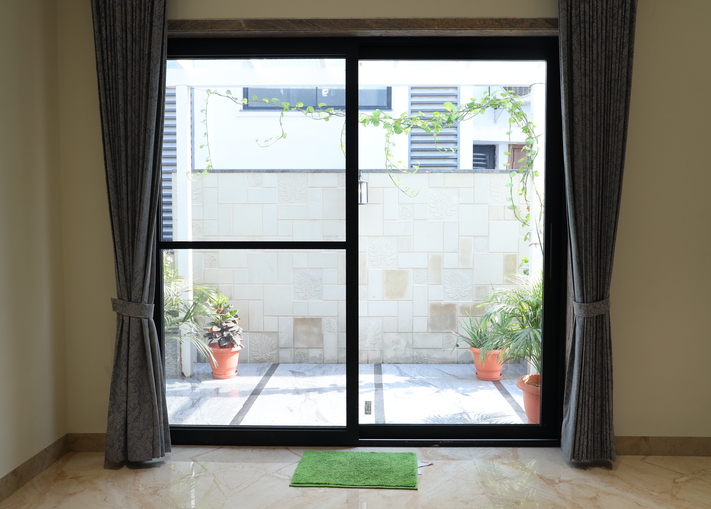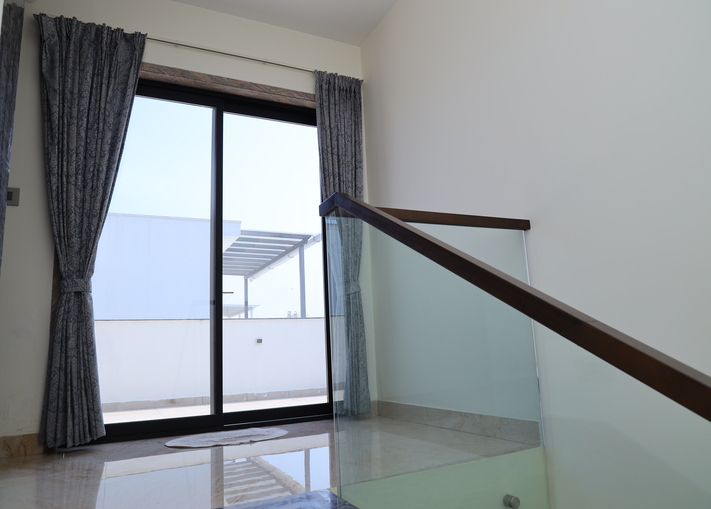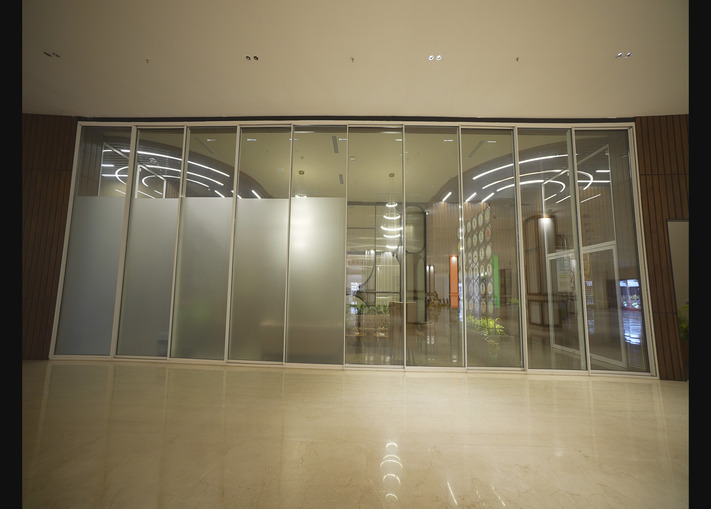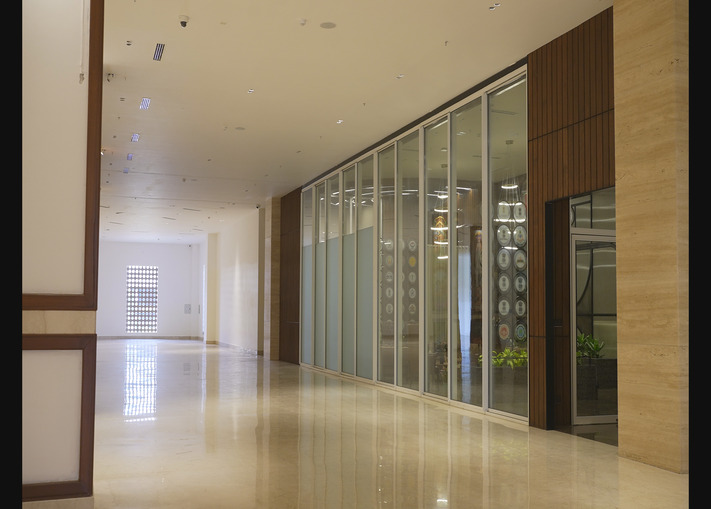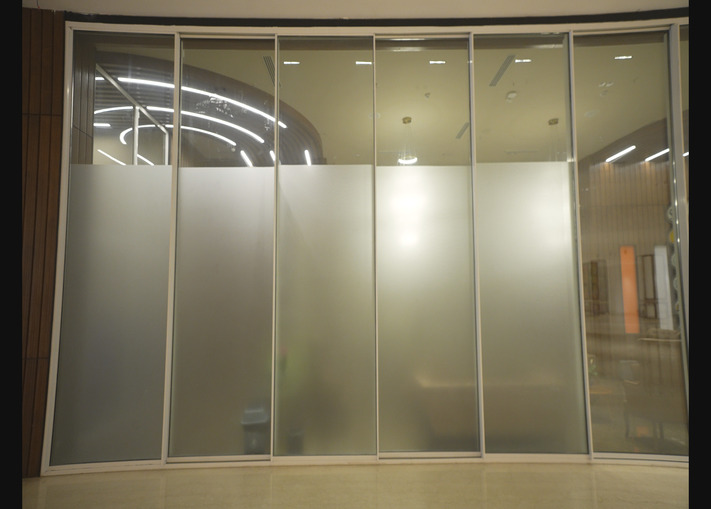Exploring Glass Options for Aluminium Windows Systems
July 31, 2023
Glass is one of the most versatile materials with several applications and has been used by humans for centuries. What was once regarded as a luxury good has now become quite common especially when it comes to home interiors. Glass for windows was first used around 2000 years ago. Stained glass with lead joints, as found in old churches in Europe, became popular as other materials were not as aesthetically pleasing.
With the invention of cast plate glass, things improved, but large sheets were still not being produced and the older windows had several joints that gave a grid-like appearance. These concerns have been largely resolved by “float glass,” which looks great, has better transparency, and a consistent thickness.
Manufacturers also produce two more types namely tinted float glass and coated float glass. In order to lessen the impact of solar radiation, tinted float glass or coloured glass is employed. Coated float glass on the other hand has a thin surface layer that reflects radiant heat which is extremely helpful in a country like India. Other types of glass that are produced in India include
a) patterned or rolled glass, used for decoration
b) wired glass, used for fire safety
c) clear glass, utilised in high-end applications because of its clarity and excellent colour representation.
Commonly used processed glass in aluminium windows
-
Tempered Glass (made from float glass) in aluminium windows
As the name implies, tempered or toughened glass is four to five times stronger than float glass and is more resistant to rapid temperature changes. Normally, glass breaks into shards, which can be quite harmful. Tempered glass has resolved this issue as it is difficult to break and ultimately splinters into very small particles, which reduces injury scares. This glass is the minimum specification to be used in residential structures and commercial projects.
-
Laminated Glass in aluminium windows
Due to its excellent sturdiness and other functional qualities, laminated glass is currently becoming more popular. As the name suggests, a layer of polyvinyl butyral (PVB) film is sandwiched between the two sheets of glass to form a connection. Both glass sheets are held together by transparent film, which resembles rubber. When glass breaks, the glass shards are retained by the film and inflict less damage (similar to a car windscreen). Additionally, using multiple layers of film enhances the performance of glass. The two main advantages of laminated glass are its ability to withstand impact in the event of an intrusion and to protect users from glass injuries. The PVB layer also acts as a superior sound barrier, which is beneficial in homes with heavy traffic. It also offers superior UV protection.
-
Insulated Glass
Insulated glass comprises two or three layers of glass panes which are mechanically held together with a 10 to 12-mm air gap by spacers on all four edges. The spacer is a desiccant-filled hollow tube that traps any air that enters its interior. It is sealed hermetically to prevent dew formation and keep the interior air dry. The principal advantage of an IGU unit is that it decreases heat transfer through the window since air is a poor conductor of heat. However, only air transmission can be controlled using insulated glass and radiation heat will still pass through. Using low-E- glass, which will reflect the heat back into the atmosphere, can help this situation.
These were some of the commonly used glass in aluminium windows. Alteza offers a wide range of glass options, including tinted, clear and frosted glass. Contact us today to get a customized solution that perfectly suits your needs and style.


